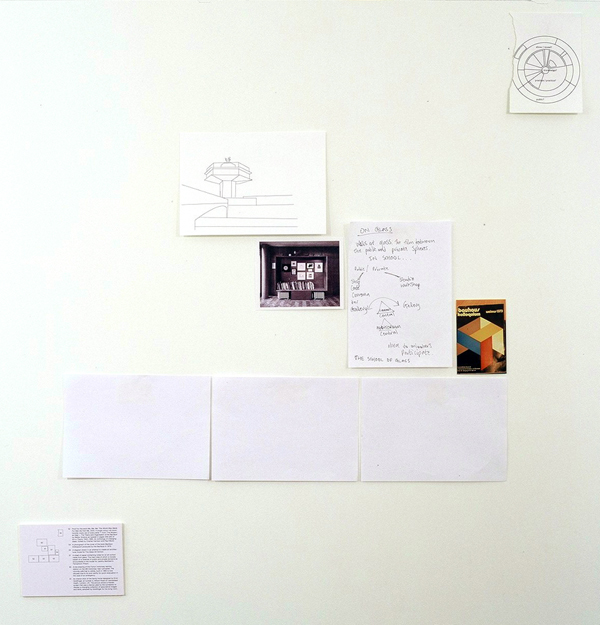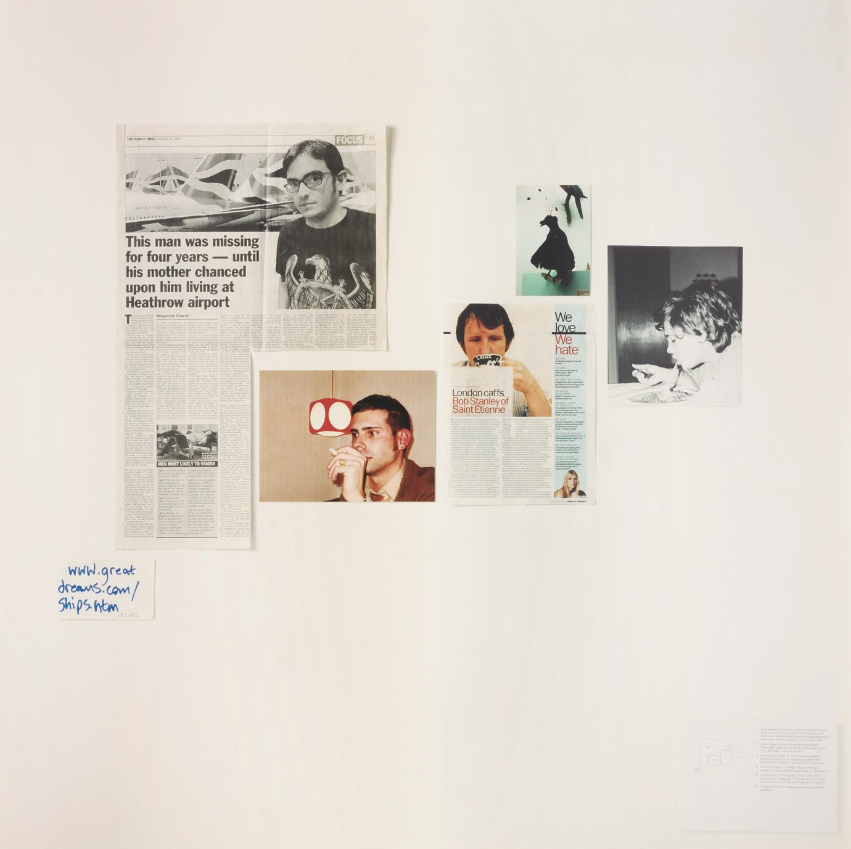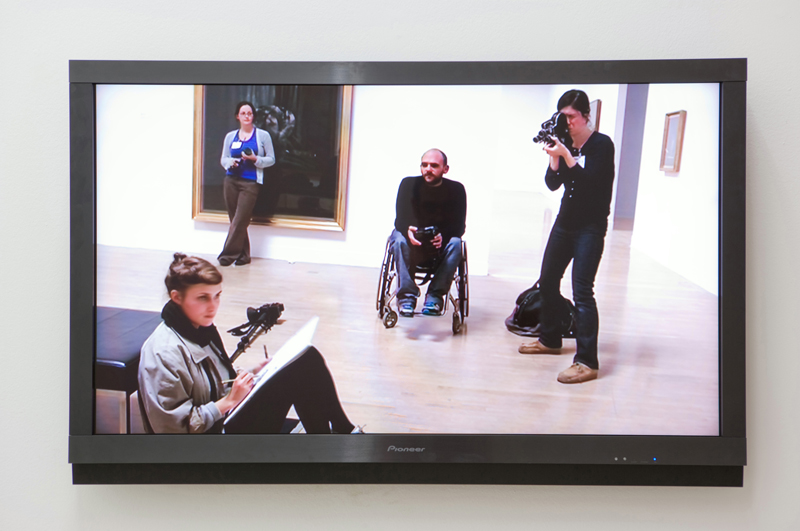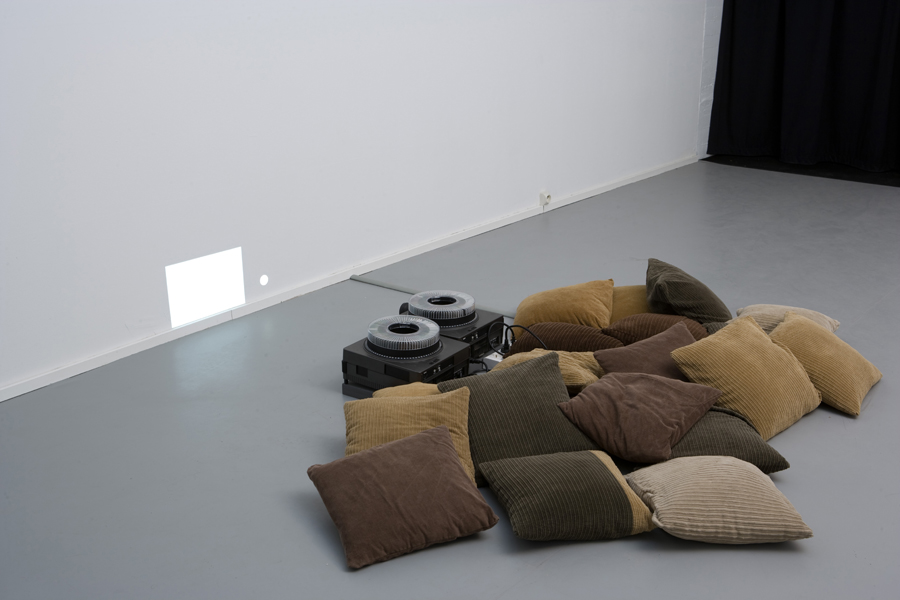H.2.N.Y Skeleton of the Dump
2007
122 x 152 cm
Michael Landy
H.2. N. Y Skeleton of the Dump revolves entirely around the performance “Homage to New York” (1960), of the Swiss artist Jean Tinguely (1925-1991), during which the machine built by the artist in the gardens of the Museum of Modern Art (MOMA) had to self-destruct itself in 27 minutes, but, in the end, it had to be finished off by firemenbeing called in after it erupted in flames. Since the discovery of Jean tinguely’s retrospective at the Tate Gallery in London, in 1982, Michael Landy spent two years researching and sketching (charcoal, oil, glue, ink) from his previous research carried out at Museum Tinguely in Basel, and at the MOMA in New York. By labor intensive work, Michael Landy tried to recapture the essence of the event, to dislocate and to revive it with these the black and white drawings. He made them on several scales, some very small, some medium format and some, like this, large scale. Made with oil stick or white glue or both, he played on the idea of mezzotint as well as the idea of night time performance. The images are based on the film made of Tinguely’s action. Some drawings are made as though within the machine, and others, like this one, are made as though observing the machine from a distance. In certain drawings the machine is self-destructing, in others it is complete. Skeleton of the Dump shows the machine in lonely isolation, almost an outsider and rather forlorn. The motif itself is simply the white paper showing through.
One of the leading artists of his generation, Michael Landy’s work has posed serious questions about globalisation, recycling, regeneration and politics. Not afraid to embrace the traditional skills of drawing, he has also made large scale installations using multimedia. He is most famous for his installation, Break Down (2001) in which he systematically catalogued then destroyed all of his possessions in a disused department store. With sharp and wry observations on every-day life, Landy constantly seeks to question the relationship between art, institutions and markets. Michael Landy was born in London, UK, in 1963. He lives and works in London.
Colors:
Related works from the » 2000's created around » London, United Kingdom

© » KADIST
Martin Creed
2003This photograph of Martin Creed himself was used as the invitation card for a fundraising auction of works on paper at Christie’s South Kensington in support of Camden Arts Centre’s first year in a refurbished building in 2005...

© » KADIST
Alexandre da Cunha
2005His Deck Painting I recalls the simplistic stripes of conceptual artist Daniel Buren, or the minimal lines of twentieth century abstract painting, but is in reality a readymade, fashioned from repurposed fabric of deck chairs...

© » KADIST
Fred Wilson
2009Fred Wilson’s flag paintings document the 20th century history of African people, indexing the period of liberation from colonialism...

© » KADIST
Alexandre da Cunha
2005Glaze (Savana) (2005) is an assemblage of found materials: a car wheel, a tire, and a wooden plinth of the type traditionally used to display sculpture...

© » KADIST
Cerith Wyn Evans
2008Untitled (Perfect Lovers + 1) by Cerith Wyn Evans takes as its starting point Felix Gonzales-Torres’s seminal work Untitled (Perfect Lovers) , in which two clocks were synchronized and left to run without interference, the implication being that one would stop before the other...
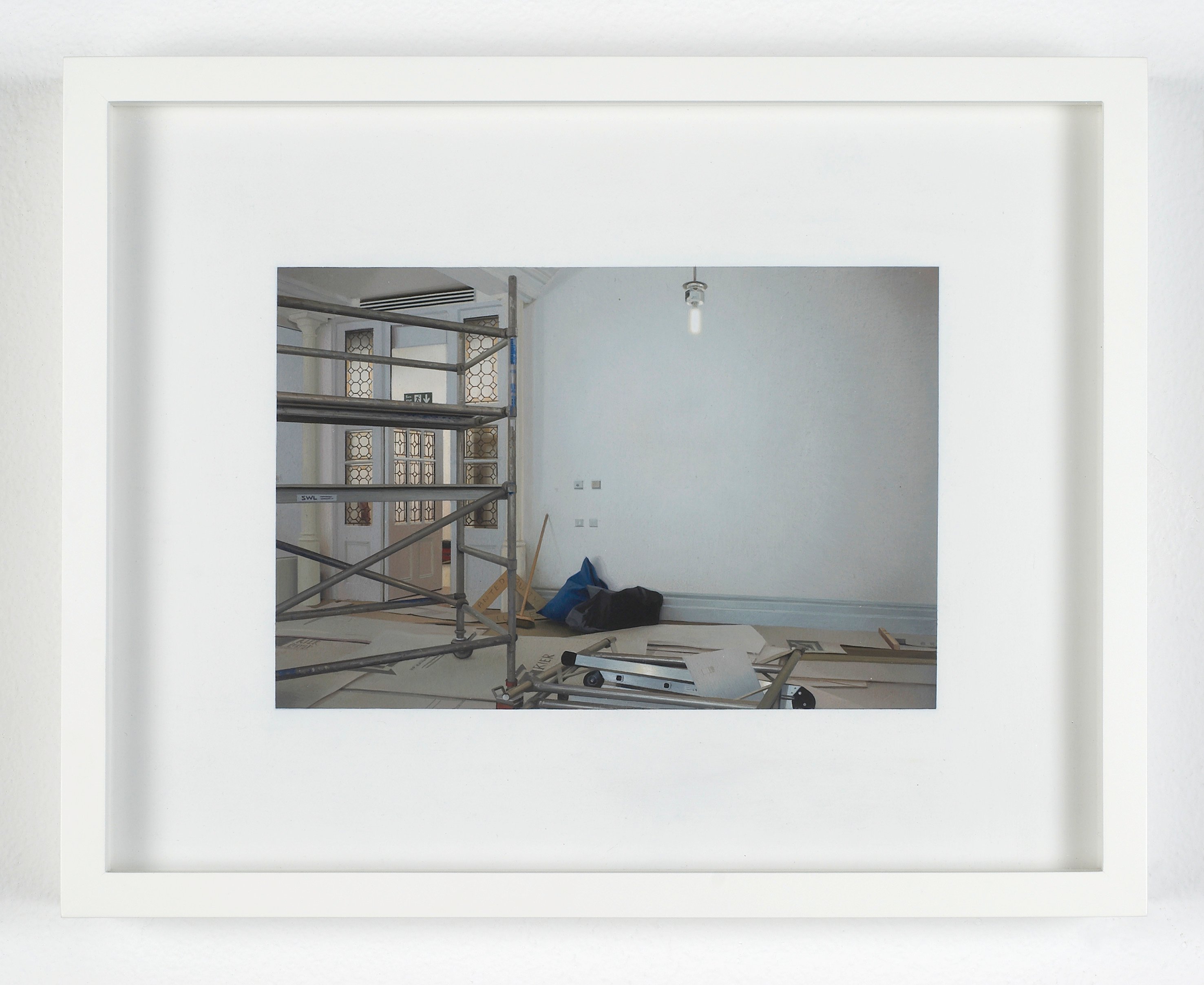
© » KADIST
Andrew Grassie
2009In 2008, Grassie was invited by the Whitechapel Gallery to document the transformation of some of its spaces...

© » KADIST
Kelley Walker
2004The triptych Black Star Press is part of the series ‘The Black Star Press project’ initiated in 2004 by the American artist Kelley Walker...

© » KADIST
Matthew Buckingham
2002Matthew Buckingham presents a narrative directly connected with a highly symbolic site in the United States, the Mount Rushmore Memorial*...
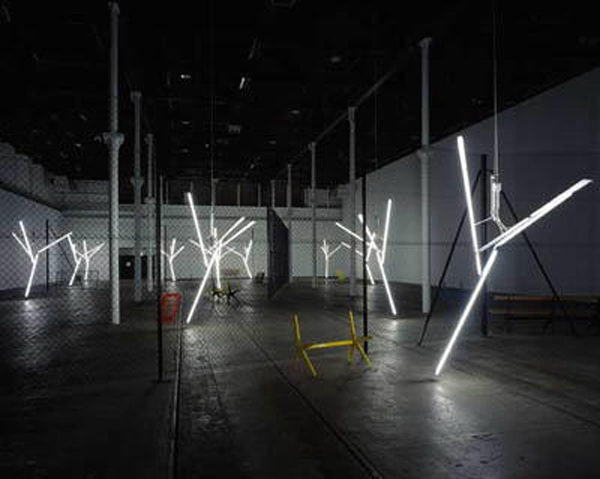
© » KADIST
Martin Boyce
2003In the installation Our Love is like the Flowers, the Rain, the Sea and the Hours, Martin Boyce uses common elements from public gardens – trees, benches, trashbins– in a game which describes at once a social space and an abstract dream space...

© » KADIST
Toby Ziegler
2005The Fifth Quarter might have taken its mysterious inspiration from the eponymous Stephen King story collated into the Nightmares & Dreamscapes collection...
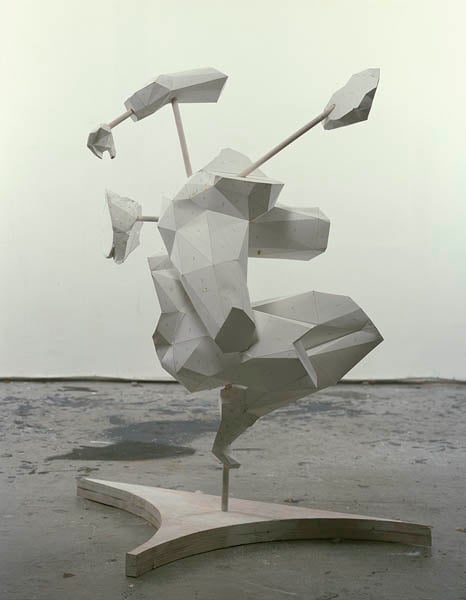
© » KADIST
Toby Ziegler
2007Wagon Wheel is a work with a fundamental dynamism that derives both from the rotating movement of the elements suspended on poles and the kicking of the legs of the figure...

© » KADIST
Ian Breakwell
2008“BC/AD” (Before Cancer, After Diagnoses) is a video of photographs of the artist’s face dating from early childhood to the month before he died, accompanied by the last diary entries he wrote from April 2004 to July 2005 (entitled “50 Reasons for Getting Out of Bed”), from the period from when he lost his voice, thinking he had laryngitis, through the moment he was diagnosed with lung cancer and the subsequent treatment that was ultimately, ineffective...

© » KADIST
Hiraki Sawa
2006Hako (2006) depicts a mysterious and dystopic landscape where the world becomes flat: distance between different spaces, depth of field and three-dimensional perceptions are canceled...

